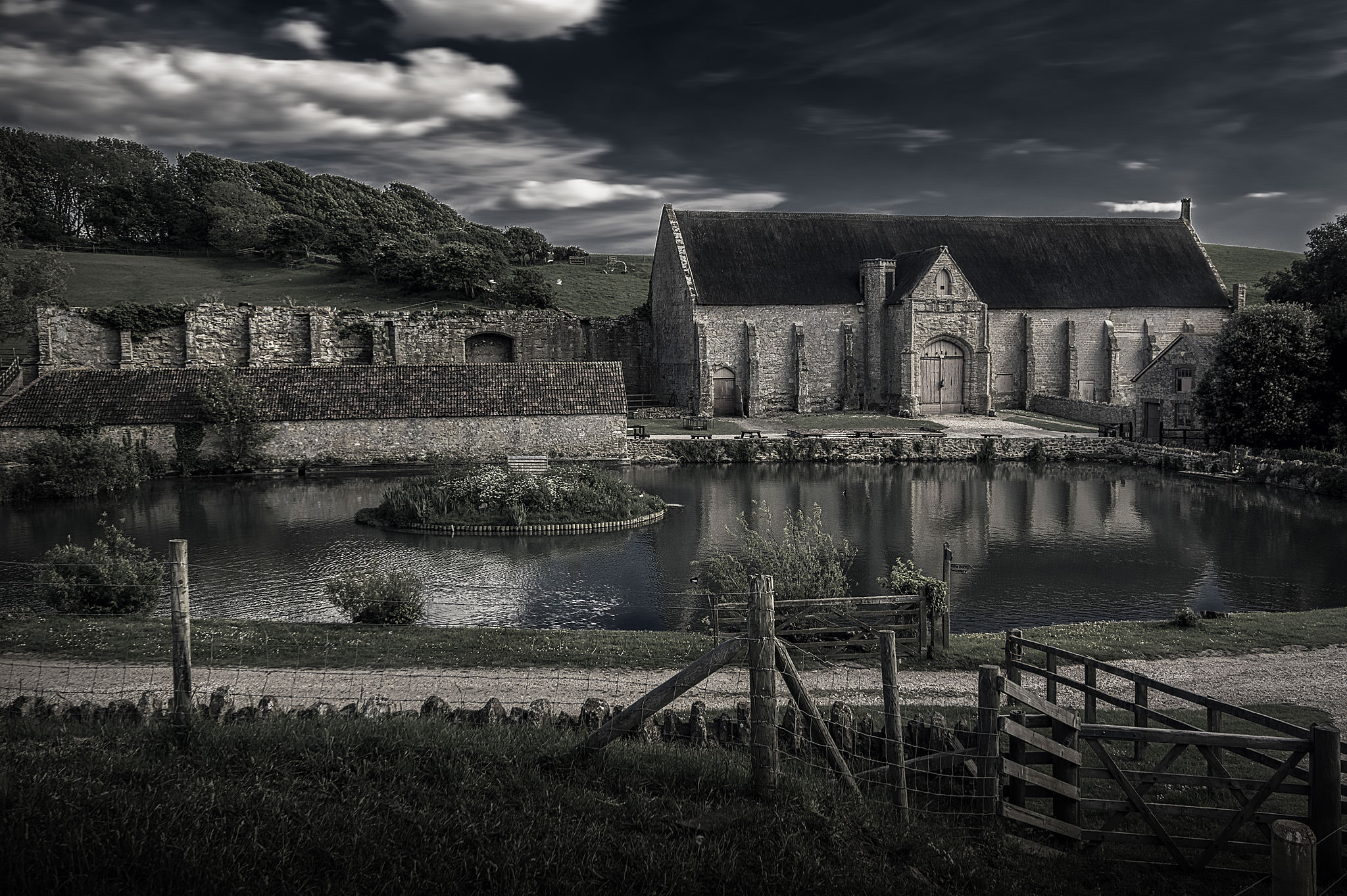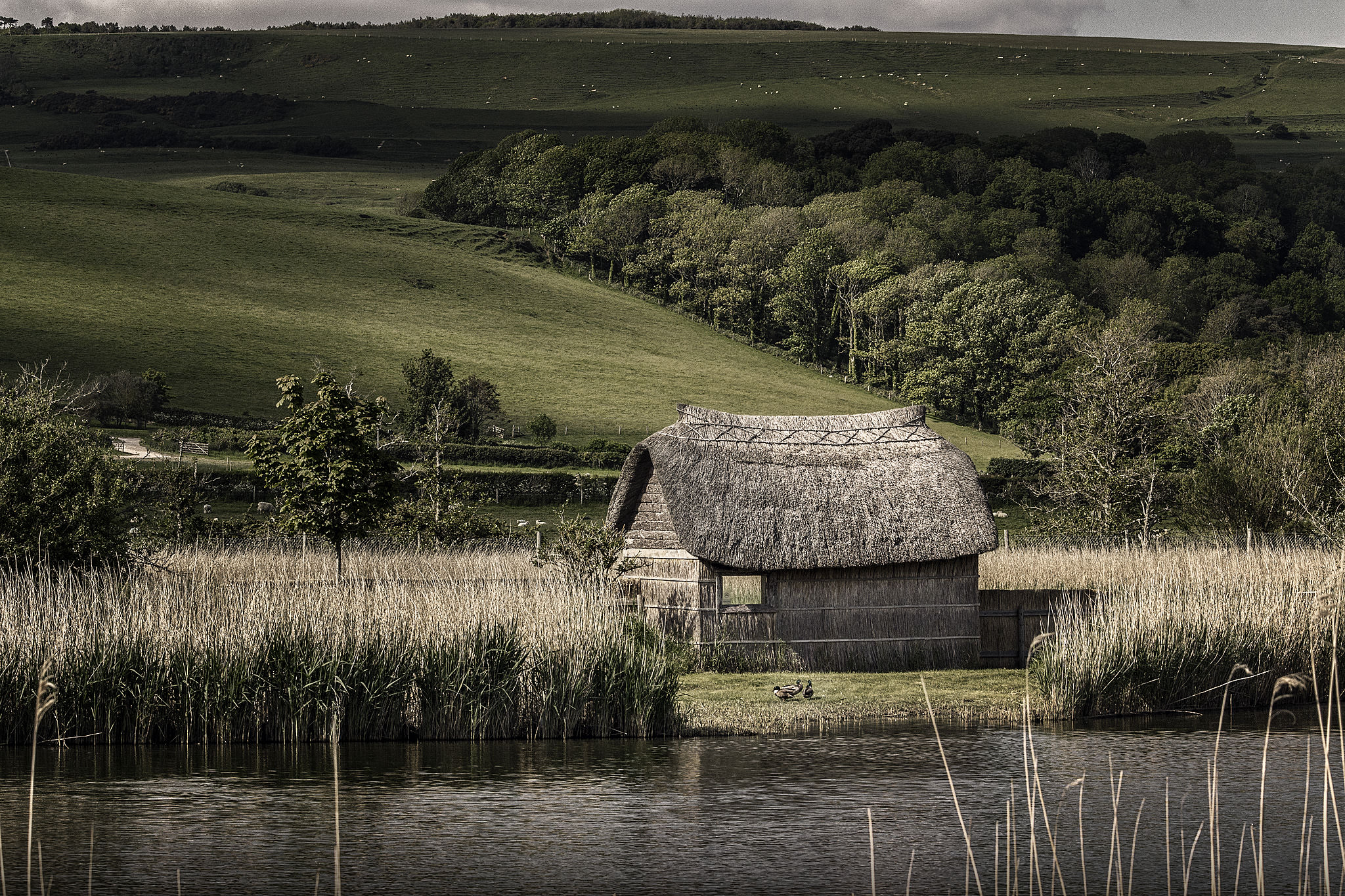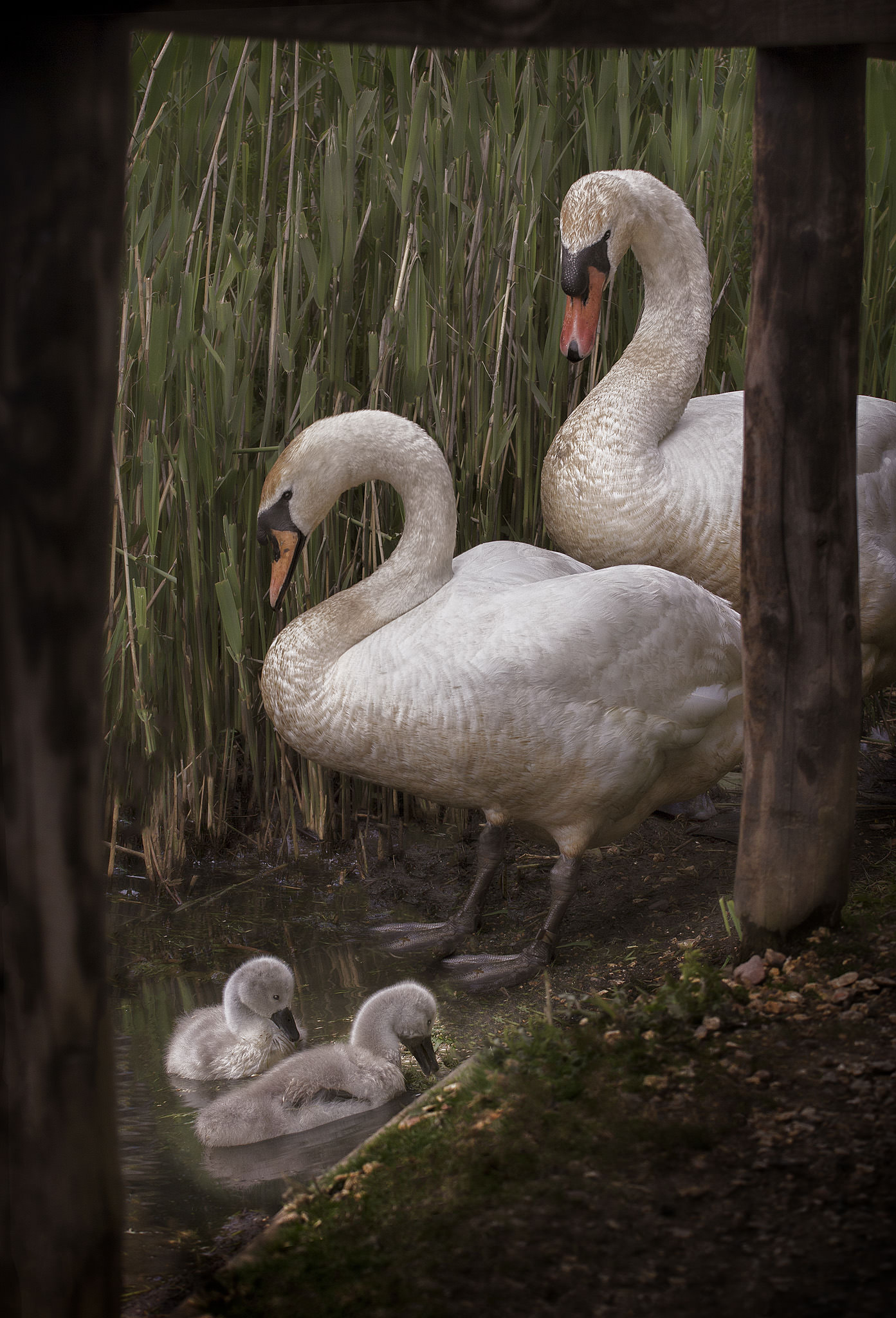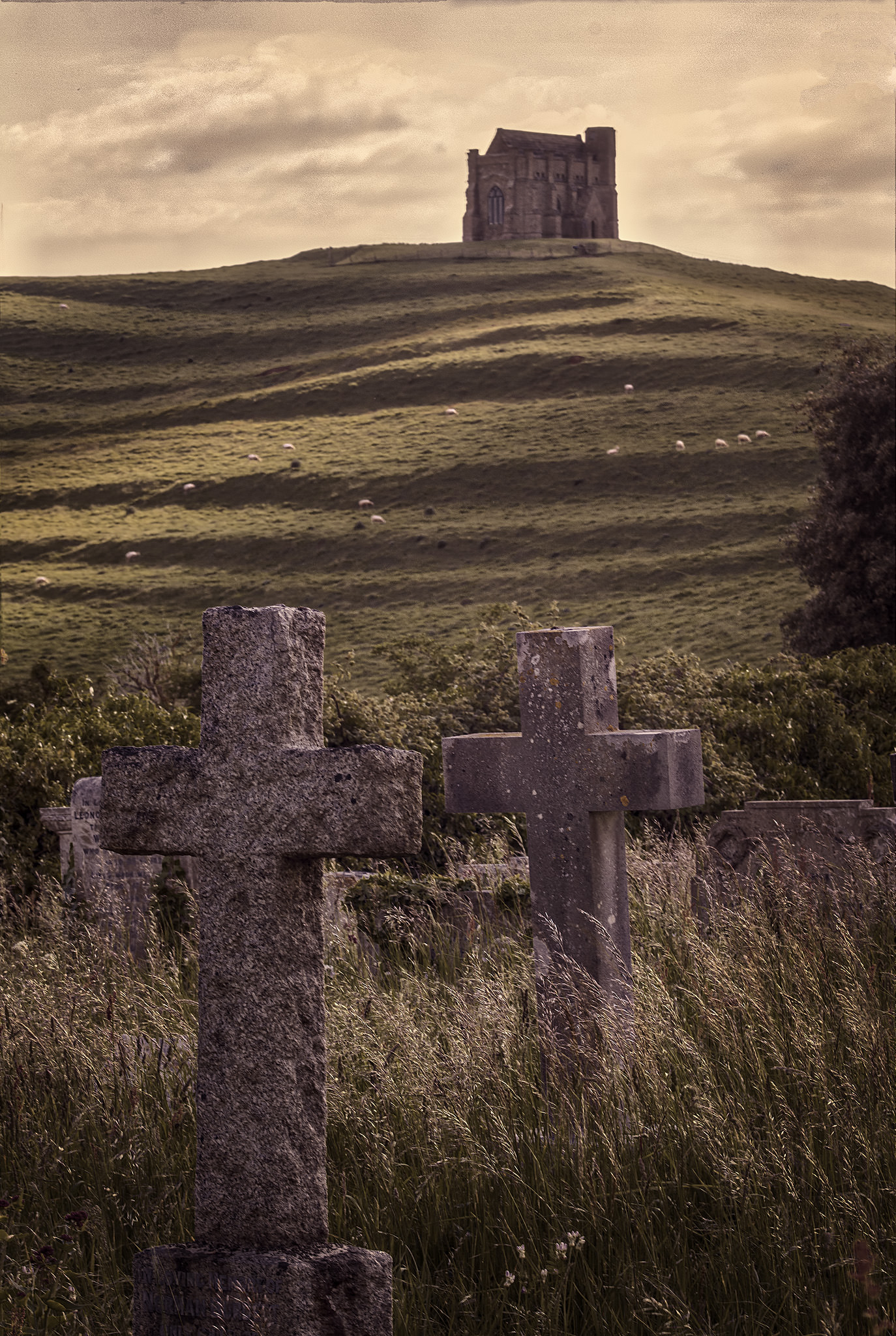Abbotsbury Swannery, Chapel and Tithe Barn, South West, England


Abbotsbury is an ancient location. There is evidence of hunter/gathers here from 6,000 BC. In 500 BC an Iron Age fort was built on the ridge above the village. King Canute’s steward, Orc (makes you wonder what this guy looked like), was given land here in 1023. By 1044, Orc had founded a Benedictine Abbey at Abbotsbury. Its buildings which have since disappeared, covered the ground between the church and the tithe barn. The Church of St. Nicholas, St. Catherine’s Chapel and the Tithe Barn which stand today, were all built by the Abbey’s monks in the 14th and 15th Centuries.
In the 12th Century, the monks founded a Swannery here to provide food and create a source of income for the Abbey. This swannery still exists and is the only managed colony of swans in the world. Here you can walk through a colony of swans spread over 25 acres. Since the Dissolution of the Monasteries, the swannery has been under the protection of the Ilchester Estate. The colony has around 600 swans, with over 150 nesting pairs. These birds are free to leave if they choose to but have chosen to remain at the swannery.
St. Catherine’s Chapel stands on a hill south west of the church of St. Nicholas. It was built as a place of pilgrimage. It is one of only a handful of chapels of this kind, located outside the precincts of the monasteries that built them. The chapel overlooks the sea and this may have helped to ensure its survival, as it was used as beacon or sea-mark. In more recent times, a light was kept burning at the top of the stair turret to help sailors with navigation. The chapel rings which surround it, are lynchets or terraces cut into the landscape for agricultural purposes.
The Great Barn is 272 feet long by 31 feet wide and it said to be the largest Tithe Barn in England. The building has 23 bays with two projecting entrances. The reason for its size may be directly attributed to the wealth of the Abbey. At the time of the Dissolution, the abbey owned 22 Manors and was one of the richest Abbeys in England.


